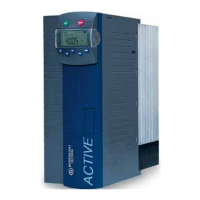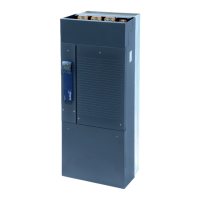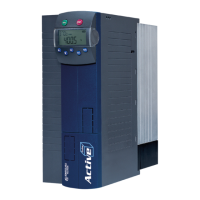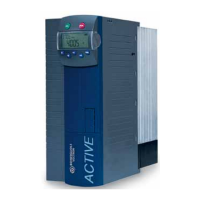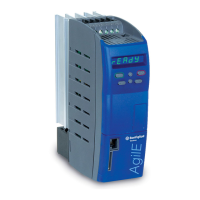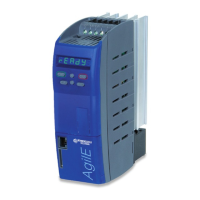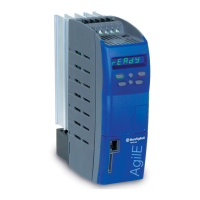2906/05
8.6.5 Subindex 02, long parameters
The parameters of the long data type have a length of 4 bytes. The long parameters
always have a sign in front.
Subindex 02 has a data length of 8 bytes.
Subindex 02
Byte 0 1 2 3 4 5 6 7
low high low high
Contents
Parameter number +
data set x 1000
SEL
ENQ
ACK
NAK
00
Parameter figure
8.6.6 Subindex 03, string parameters
The string parameters have a length of up to 32 bytes. The data length is variable
according to the contents.
Subindex 03 has a data length of 36 bytes.
Subindex 03
Byte 0 1 2 3 4 ... ... 35
low high char 1 char m
Contents
Parameter number +
data set x 1000
SEL
ENQ
ACK
NAK
00
Parameter text
Note: As the parameter texts manifest a variable length, the end must be
marked within subindex 03. The string end is defined with 00 according to
the standard (= \0 "C“ standard)
8.7 Manufacturer objects (0x2nnn)
Access to the parameters of the uint/int/long type according to the standards for
the SDO channel to CANopen is additionally possible via the index area 0x2nnn
(manufacturer objects).
This method is simpler and quicker than the method described in the chapter
"manufacturer object (0x2000/n)", but is limited to the aforementioned types of data.
Due to the maximum data size of four bytes (lon
), SDO dealin
s are always handled
with an "expedited transfer“. This means that the data exchange is done with one
request and one response telegram each time.
For write/read accesses via the SDO channel, an ob
ect is addressed via index and
sub-index. Index and sub-index are used as follows for the accesses to the inverte
parameters:
Index = Parameter number + 0x2000
Subindex = required data set (0, 1 ... 4, 5, 6 ... 9)
The handling of the sub-index/data set corresponds to the specifications and
descriptions in the chapter "Handling of the data sets / cyclic writing". As a deviation
from the said chapter, setting of parameters in all four data sets with writin
onto
data set 0 is only possible if the contents of the four data sets are already identical (=
factory setting).
Note: The mapping of the data is always done in the integer/long data type.
Figures with places behind the decimal are extended accordingly:
(value = 17.35 Æ transmitted 1735)
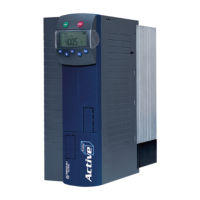
